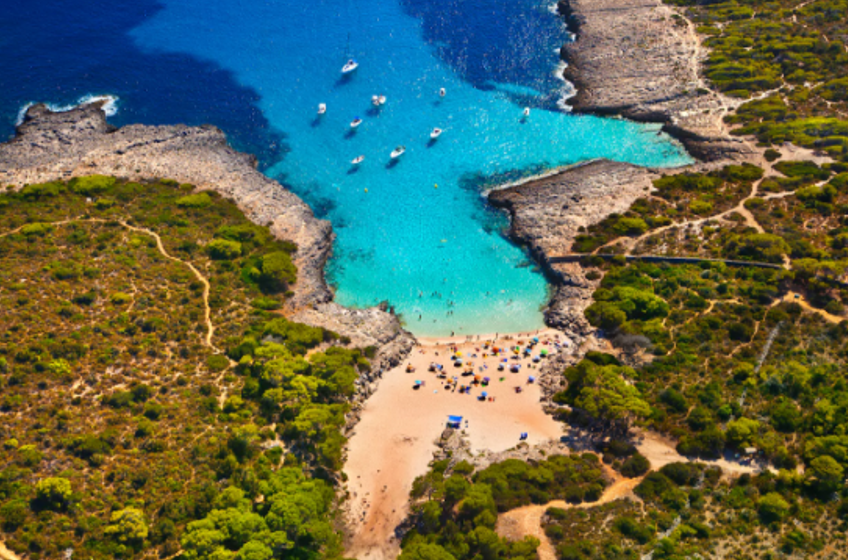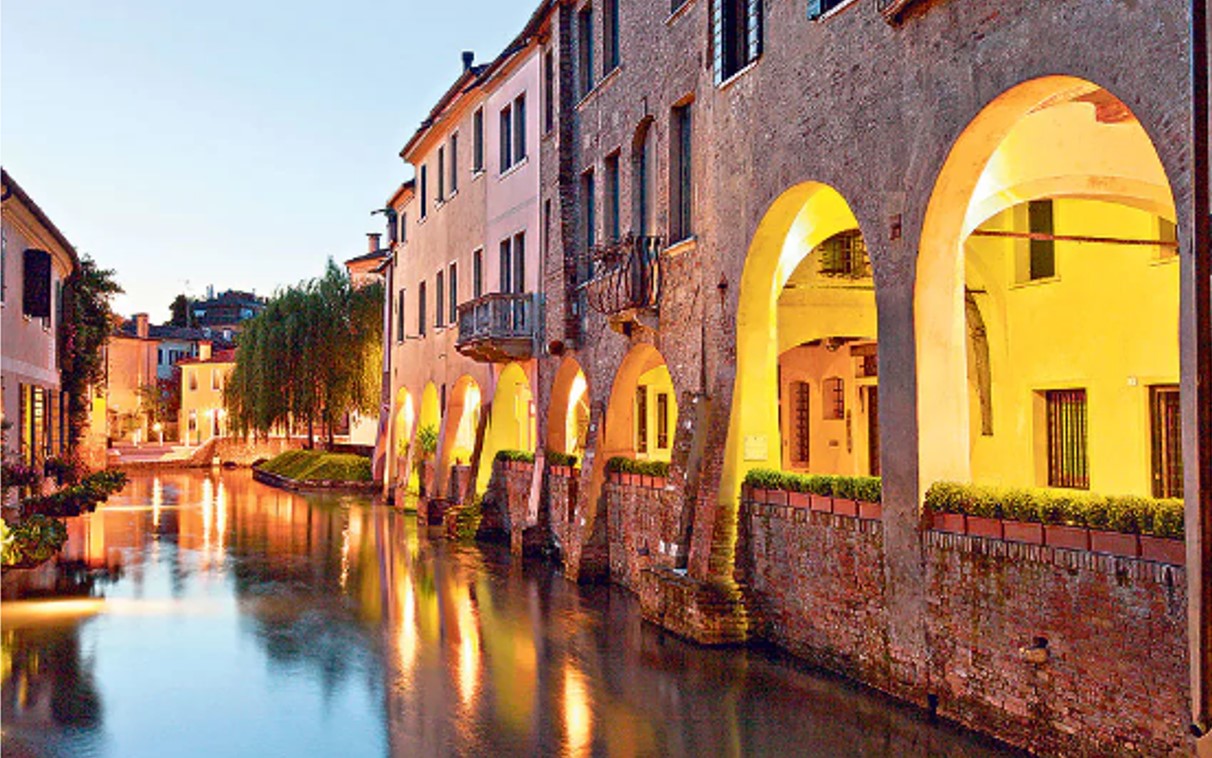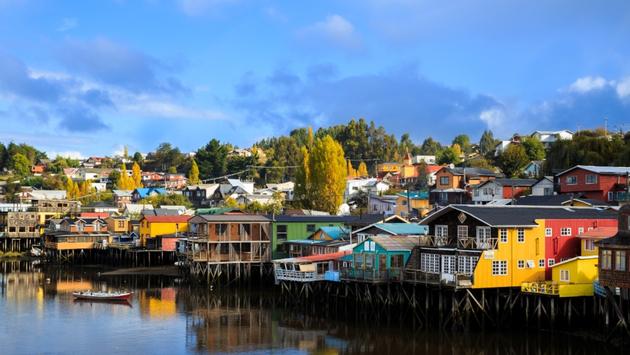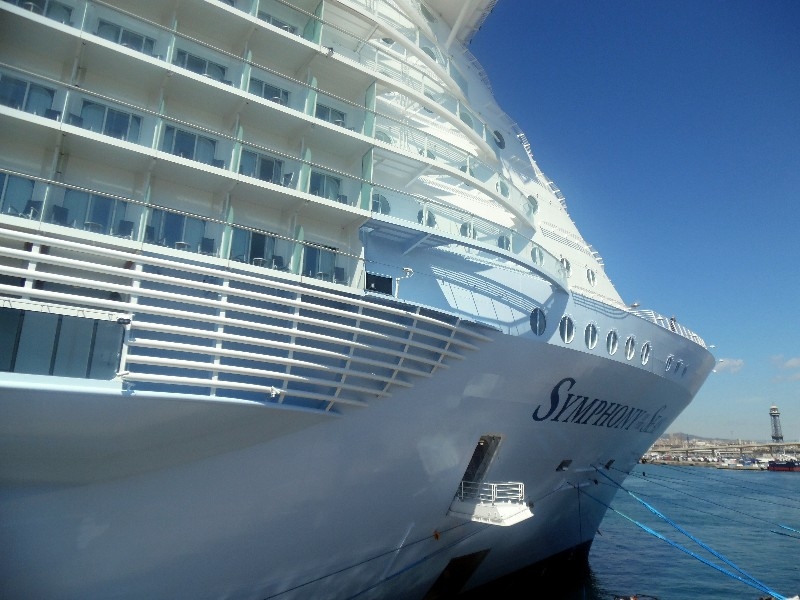Is it the sea, the strange sense of security, or just that wonderful feeling of escaping from life on the mainland that makes an island break so special? Whatever the exact chemistry, islands make brilliant holiday destinations, and nowhere more so than in the Mediterranean in summer. With the help of our experts, we’ve created the definitive list for this summer – selecting the best island in each of 10 categories, with a runner-up in case you fancy somewhere different.
1. Winner: Formentera
As soon as you kick off your flip-flops, step on to the warm white sand and gaze into the gently rippling transparent water that surrounds Formentera, you’ll understand why the tiny island just south of Ibiza is so often compared to the Caribbean. Some parts of Migjorn beach, which curves around the south of the island, get busy in summer, but you can always find a quiet spot. Take your snorkel and mask to Ses Platgetes, a string of tiny coves protected by pines, with boat shacks and places where the freshest fish is always on the grill.
2. Runner-up: Naxos
The south-west-facing coast of Naxos has the longest beaches in the Cyclades. The sand derives from marble or granite, so it’s uncharacteristically bright and white for Greece. “My favourites are the far, duney end of Plaka, and hidden coves around Kouroupia headland with its juniper groves,” says Marc Dubin. “The Kavos Hotel Naxos is closest to these.”
3. Winner: Sardinia
Sardinia has been drawing the wealthiest clients since the Aga Khan stumbled on the island nearly 50 years ago. There was only one small coastal strip that interested Prince Karim, however: the Costa Smeralda, which today has all the essential ingredients of a luxury enclave: fabulous beaches that eschew the regimented and overdeveloped in favour of the natural style; a romantic backdrop of granite peaks; bars and boutiques where the top brands are flaunted, and yachts aplenty. The hotels match up too, most with their own private strands not to mention fairways and helicopter pads – but prices can be eye-watering.
4. Runner-up: Cavallo
The tiny island of Cavallo, just off Corsica, is made of granite and discretion. Already dubbed the New Mustique, it has no cars, one smart hotel, a marina, two simple restaurants and 10 beaches. Most visitors disappear by golf buggy into lavish villas, camouflaged by rock and maquis, for a life of pizza and chic.
5. Winner: Mallorca
With dozens of child-friendly beaches, plenty of activities both in and out of the water for kids of all ages – plus parents and grandparents – and resorts of all shapes and sizes, Mallorca is unbeatable for a family holiday. Platja de Muro, on the north-east coast, has a long stretch of golden sand with Blue Flag status, and shallow water where small children can paddle safely.
Just up the coast, the resort of Port de Alcudia offers a huge range of watersports. Cala Mesquida on the east coast, framed by dunes and pine forests, is popular with windsurfers and walkers
6. Runner-up: Corfu
Corfu has some great beaches, and plenty to hold children’s interest for a week (or two), with attractions ranging from a water-park to horse riding. Agia Varvára or Marathiá in the south and Agios Stefanos Gyrou in the north-west have more protected or gently shelving beaches than the exposed west coast.
7. Winner: Sicily
The range of cultural sights in Sicily is extraordinary, from the little island of Motya, with its Phoenician ruins, to the great ancient Greek cities of Agrigento, Selinunte, Syracuse and the Doric temple at Segesta. At Piazza Armerina are some of the most charming and extensive series of Roman mosaics to survive anywhere. But even these barely stand comparison with the amazing 12th-century golden mosaics in the great cathedrals of Monreale and Cefalu, and the Palatine Chapel in Palermo. If you prefer something more recent, there are the magnificent baroque towns of Catania and Noto.

8. Runner-up: Cyprus
Cyprus can’t quite compete with the riches of Sicily, but it does have some treasures of its own. Some of the key sights are in the Turkish north, notably the Roman ruins at Salamis outside Famagusta, and the Byzantine/Venetian castles at Kyrenia and Hilarion. But south of the border are some remarkable Roman mosaics at Paphos, and all over the island some wonderful Byzantine churches, many with ancient wall-paintings.
9. Winner: Santorini
The Cycladic island of Santorini is romantic almost to the point of cliché. Views west from its caldera rim, whether at sunrise or sunset, reliably mesmerise younger couples from around the globe. At dusk, especially between Oia and Thirasiá, excursion schooners in full sail glide across the improbably cobalt-blue waters of the caldera, under a frequently orange-streaked sky. Firostefáni and Oia are the classiest bases. Ikies Traditional Houses in Oia or Voreina Gallery Suites in lofty Pyrgos are best for lovers.

10. Runner-up: Patmos
Formerly the austere domain of its famous monastery, quiet Patmos has developed into a popular place for couples. Volcanic crags pointing suggestively skyward, plus thrilling views to surrounding islands, do the trick. Swim naked at Psili Ámmos or Linginou beaches.
11. Winner: Ibiza
No Mediterranean island can compete with the variety and energy of Ibiza’s nightlife. The harbour in Ibiza Old Town offers a refined start to the evening, with its bars and restaurants. Playa d’en Bossa beach just south of the Old Town is also lively, while Ibiza’s younger crowd head for the strip of cheap bars in San Antonio. Scattered across the island, the choice of clubs is unrivalled, from Pacha to Amnesia, where world-class DJs sell out every night of the week.
12. Runner-up: Mykonos
Mykonos’s nightlife has become more and more lively over the past decade at the bars and clubs both in town and at particular beaches. Cavo Paradiso above Paradise Beach only works high season, with imported DJs.
13. Winner: Malta
With 300 days of sunshine a year, some of the Med’s clearest waters and the greatest density of historic sights of any nation, you’d think Malta might be expensive. Not so. Accommodation is excellent value, hire cars are cheap and eating out is a bargain – a pizza or pasta for a fiver. Buses go almost everywhere and a day pass costs just over £1. Even the ferry to the lovely island of Gozo costs only around £3.50 – return. Multiple airlines including low-costs and charters, fly here, keeping air fares competitive too.
14. Runner-up: Zakynthos
While not the cheapest destination, Zakynthos offers plenty of bang for your buck. “Avoid the boozy corners of the south coast and stick to the beautiful, unspoilt north and mountainous west of the island,” says Joanna Symons. “Or base yourself on the pine-forested Vasilikos peninsula in the south-east, most of which has been protected from large-scale development because of the loggerhead turtles that breed on Gerakas beach.” Gerakas itself is “a perfect curve of golden sand”, she adds. “Those turtles know how to pick a good spot.”
15. Winner: Lefkada
Large bays and consistently strong winds lure thousands of windsurfers, kitesurfers and sailors to the Greek island of Lefkada. Vassiliki, on the south-west coast, and Nydri, on the east, are the main bases. Rental firms line the seafront in both resorts. But the island is not just about shooting the breeze. Gorgeous fine shingle beaches backed by sheer white cliffs, typical of the Ionian, are found all along the west coast (Egremni and Porto Katsiki are the most dramatic).
16. Runner-up: Menorca
Fornells Bay, on the north coast of Menorca, is one of the best and safest places in the Mediterranean to learn dinghy sailing and windsurfing. It forms a vast, sheltered natural harbour, with generally steady winds and flat, clear waters. There are several sailing schools, Minorca Sailing being one of the best.

17. Winner: Vis
For years closed to foreigners, when it served as a Yugoslav naval military base (1944-1989), the Croatian island of Vis remains blissfully unspoilt. Today Vis’s tumbledown stone cottages are gradually being renovated. Locals line up along the quay to greet the ferry twice daily (thrice in July-August), laden with deliveries from the mainland, but many visitors arrive by sailing boat, lured by peaceful turquoise coves, authentic seafood eateries and organic wines. If you want a back-to-nature escape, Vis is for you.
18. Runner-up: Kefalonia
Technically, there are plenty of quieter and more remote islands in the Mediterranean, but for direct flights and the sheer convenience of getting there, Kefalonia, gets our runner-up prize. Despite the popularity generated by the novel, Captain Corelli’s Mandolin, and film of the same name, the island easily absorbs its visitors, having lots of space to get away from it all including plenty of quiet beaches and villas.
19. Winner: Crete
Crete’s wild west is where to find the island’s top walks which compare with some of the best in Europe. Fly to Chania and explore the hinterland behind Kissamos, following old shepherds’ trails into a gloriously unspoilt region of stunning beaches, snow-capped mountains and dramatic gorges. The most famous trek is the gruelling 10-mile hike down the Samaria Gorge. Two walking seasons avoid the fierce midsummer heat: mid-April to mid-June and September to October.
20. Runner-up: Corsica
One of the great walks of Europe is the spectacular two-week trek along the high mountainous spine of Corsica. It’s not for the faint-hearted. The track, known as the GR20, is rough and remote, and crosses only a handful of roads over its entire length, and you’ll have to camp and carry your own food.
By Telegraph Travel, Abril 2018, The 20 Mediterranean islands you must visit in your lifetime, Telegraph Travel, recovered from: https://www.telegraph.co.uk/travel/destinations/europe/articles/the-20-best-mediterranean-islands/





